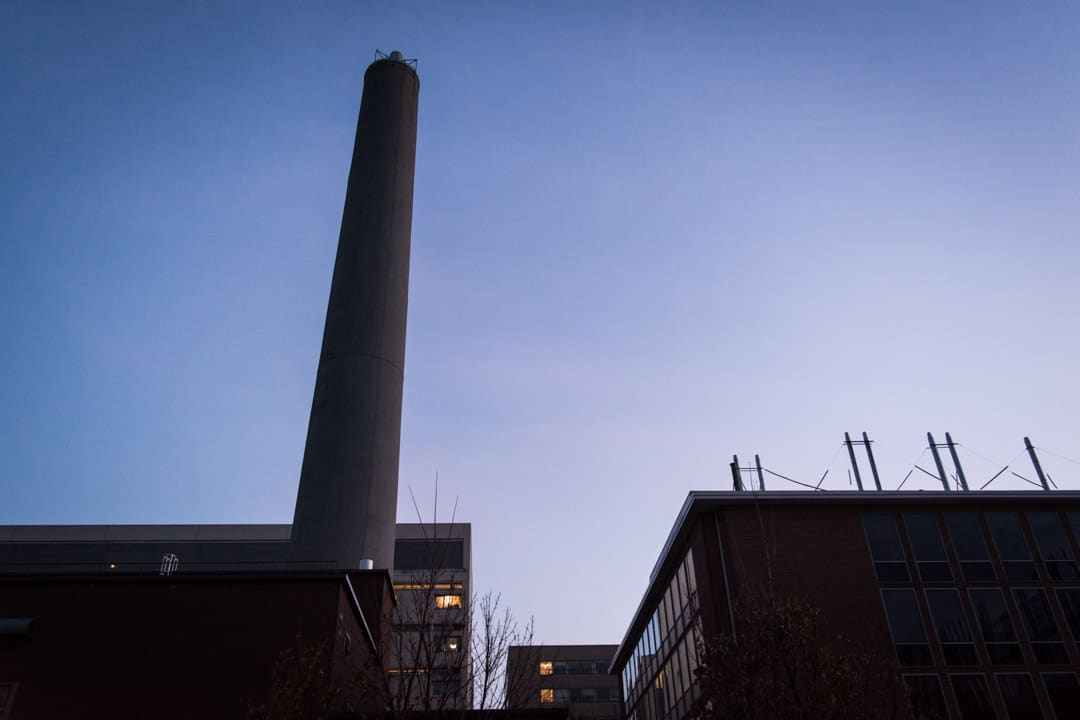Despite its environmental accomplishments — like being named one of the country’s greenest employers — U of T does not publish annual statistics on its greenhouse gas emissions (GHG) and water consumption, unlike some other schools in Canada. Here, The Varsity takes a look at what other schools are accomplishing around the country — and how U of T compares.
GHG emissions and water consumption are two of the most important measurements of greenness, so it is difficult to quantitatively compare U of T’s accomplishments with those of other schools across Canada.
Greenhouse gas emissions
Some schools, like Université Laval and the University of Northern British Columbia are already carbon neutral, meaning that they don’t produce more carbon than they offset.
The University of Calgary (UCalgary) has decreased its GHG emissions per student by 35 per cent between 2008 and 2016, while the University of British Columbia (UBC) saw a 30 per cent reduction between 2007 and 2016. McGill University, as of 2015, reduced its GHG emissions by 25 per cent since 1990, and it has recently announced plans of to go carbon neutral.
Amelia Brinkerhoff, a sustainability strategy coordinator at McGill, said that they wanted to put something more ambitious on the table to work toward. “It’s one thing just to say that you’re going to reduce greenhouse gas emissions, but it’s more interesting to say let’s go for zero.”
While U of T does not publish statistics on its GHG reductions, the annual Sustainability Yearbook that the school releases does highlight some savings in carbon dioxide. Notably, as of 2015, Robarts Library has saved 1,221 tonnes of carbon dioxide per year, while the Medical Sciences Building has saved 1,205 tonnes.
According to Ron Swail, U of T’s Chief Operations Officer for Property Services & Sustainability, the university has managed to decrease GHG emissions despite the “massive growth” U of T has seen since 2000.
“We use less energy today… than we did in the year 2000. We’ve been able to avoid over 50,000 tonnes of greenhouse gases, which is the equivalent to taking 2,000 cars off the road,” said Swail.
Water consumption
Water consumption is another major indicator of whether a school is achieving its sustainability goals. At UBC, water use per student has gone down 59 per cent between 2000 and 2016. According to the same metric, UCalgary has decreased consumption per student by 27 per cent between 2008 and 2016. The University of Waterloo has decreased water use per square metre by 22.1 per cent between 2010 and 2016.
James Tansey, Executive Director of the UBC Sustainability Initiative, said, “We don’t really have water shortages on the campus, we have [a] pretty good water supply, but we still [report on water reductions] in order to demonstrate leadership.”
Though U of T does not measure water consumption as these other schools do, Swail said that the school does use less water today than in the year 2000.
Waste diversion and releasing statistics
One statistic that U of T does publish is its waste diversion rate, which measures how much material is diverted from landfills. UTSG has one of the highest rates in Canada, diverting 70.6 per cent of its waste. In comparison, UBC was at 67 per cent in the 2015-2016 academic year, the University of Ottawa is at 64.5 per cent, and Waterloo is at 41 per cent.


